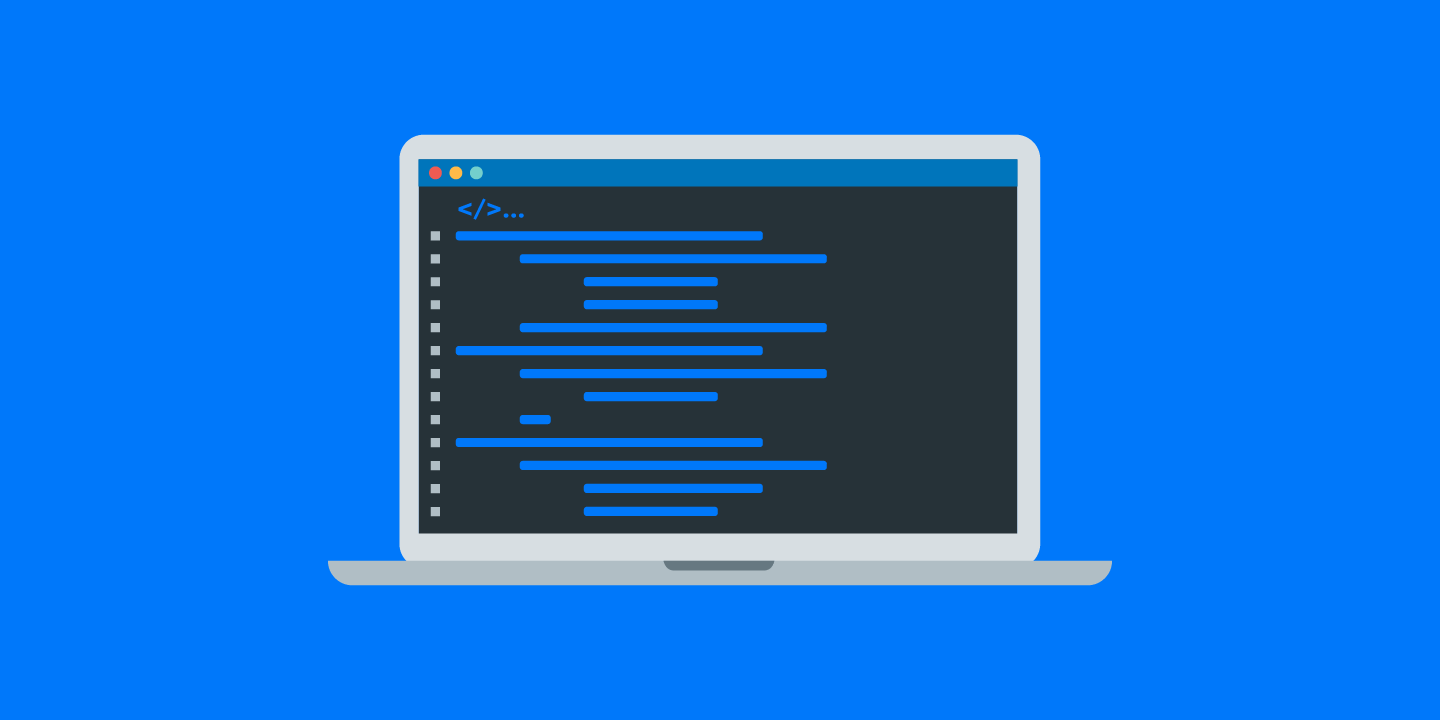- Home
- >
- Software Development
- >
- What is Hybrid low-code and why it’s better than no-code?
The global population with access to a smartphone has risen dramatically in recent years. People’s use of smartphones is growing, which means that the demand for mobile apps is growing as well. People use smartphone apps for a variety of reasons, including entertainment, cinema ticket buying, daily planning, and shopping. The utilization of these mobile apps also helps to modernize the work process by supporting employees as well as teams. As a result, a huge market for mobile application development services has opened up, as they are able to meet people’s wants by producing mobile apps.
An app can be created in a variety of ways, such as through hybrid app development or low-code app development. However, there are some parallels between these two development stages. The advantages of hybrid app development and low-code app development for apps will be discussed in this article. Let’s find out what these benefits are:
The capacity to develop business-related apps by people with no programming skills has always been the goal of low-code development. In truth, the distinction between low-code Vs no-code has been made a lot negligible over the last year or so. Low-code frameworks are incorporating even more functional no-code capabilities to help developers be even more productive. A few of these platforms have become so simple to use that the concept of citizen developers has evolved from the idea that anyone can create an app. But, when it comes to app development, is low-code really going to be the ultimate thing, or is it going to blur out too?
Low Code vs No Code: A Brief Comparison
It is becoming clear that no-code platforms are capable of developing complex apps. But, on the other hand, these frameworks were never intended to provide that level of capability. No-code can be an extremely useful tool for effective prototyping as well as a good tool for really small, and specific apps. These apps are particularly fit for intra-departmental use or extending the functionality of highly specialized SaaS solutions.
Can low-code serve as a connecting link between citizen developers and the increasingly growing backlog of apps? The use of citizen developers raises a slew of concerns that must be addressed. How much time must a citizen developer devote to app development? Who will be responsible for training and assisting citizen developers? How is IT assuring the security, scalability, and extensibility of citizen developer-created apps? Citizen developers, as appealing as they may appear, are not a complete solution.
The low-code sector has come to an understanding. Although low-code will not be able to achieve just about anything, it can be a beneficial development tool for accelerating application development. Most low-code platforms, on the other hand, exist in their very own development frameworks, with their own IDEs and development tools. Alternatively, one approach is to design a simple and intuitive user interface, drag and drop basic app functionality, and afterward, complete complex programs in a language that the low-code platform can connect with, such as Java, or via a Visual Studio plug-in. Even the strongest and greatest low-code providers recognize that relying solely on low-code will not be enough to propel your company forward.
Low-code will not usually serve the whole purpose but it will still be a significant part of the journey. It simply needs to be developed differently than most low-code systems. Companies will be able to use low-code from beginning to end in the app development process if they use a hybrid low-code approach. Rather than treating low-code as a stand-alone tool in the development process, a hybrid low-code approach integrates low-code into an IDE with standard coding approaches.

Pros of Low-code Development
- Lesser time for development: Low-code platforms are useful if you need to create a simplistic application that targets common platforms. You can rapidly develop and test. You can speed up the release of the app and gain an immediate response from the market.
- Reduced dependency on developers: Lets’s say that your talented developers could be engrossed in another important project. With a low-code platform and novice developers, you can still deploy a simple app.
- More time to concentrate on the most important aspects: Low-code platforms already come with a number of important features. You don’t have to worry about lower-priority aspects because integration features and cross-platform support are built-in. You may focus on the most important components of your app.
- Simple deployment process: Low-code platforms often offer amazing deployment techniques, processes, and tools, making them simple to use. This speeds up the app’s release.
Cons of Low-code development
- Dependence on a cloud service: Every low-code platform is built on top of a particular cloud computing platform. When you use a low-code platform to create an app, you’re tied to that cloud platform. It can be difficult to migrate.
- Limitations: Low-code platforms cannot provide you with the same sense of flexibility as to when you create an app yourself. Such platforms have restrictions, for example, a platform’s ability to create API connections.
- Complex features are not supported: If you have a complex set of business needs, a low-code platform will not function for you. If you have normal, everyday requirements, these platforms will suffice.
Pros of No-code Development
- Agility is improved: The majority of work is done using a drag-and-drop interface using pre-built components. As a result, developing apps is much faster. Testing is usually automated, which reduces development time even more.
- Cost savings: Developers can cost you a lot of money. No-code solutions allow you to avoid this, removing a lot of the costs associated with keeping a professional team of developers on work all of the time. In the longer term, you can develop applications faster and for less money.
- Better productivity: Because apps can be developed at a far faster rate, IT departments aren’t overburdened with demands from other departments, and fewer employees are queuing for work to be completed. What once took weeks or even months to accomplish can now be done in hours or days.
- Easy to change: The difficulty with traditional hand-coding is that you can’t just change a function or capability at will, especially if you’re writing in a foreign language. You can do it without a code. If you really need to make a modification, all you have to do is adopt new logic and you’ll be done in a matter of hours.
Cons of No-code Development
- Complete understanding is required: Because no two no-code platforms are the same, and neither are their limits, any user should first evaluate if their needs are compatible with the constraints of a given tool. Even Nevertheless, these needs will evolve over time, and the risk of them deviating from the platform’s developing capabilities is always present.
- Templates are rigid: No code development platforms give multiple templates and components that may be modified to fulfill a set of use cases when it comes to building up the various elements of an application. However, when you get into that unavoidable edge situation in your program, you suddenly may not have the basic components to implement it out of the box.
- Not sufficient security: Control over your app would always be compromised while choosing the no-code approach, as opposed to custom development. It’s one thing to have no influence or control over your technology stack, but not understanding your program inside and out can result in a slew of security and dependability issues

What is the difference between No-code & Low-code?
There is a prevalent misunderstanding that low code and no code are synonymous, but let us reveal it to you that they are not.
Platforms that don’t require coding are designed for individuals who don’t know how to code. Declarative programming is used in No Code, and it’s all about what it is you need, not how you get it. You explain to the platform what you are looking for, and it builds it for you. Code gives instructions that inform platforms how to achieve desired capabilities in traditional software application platforms. In the case of no code, the application developer specifies what the app does rather than how it does it.
Non-technical individuals can use low-code platforms, but at some stage, a developer will be needed to complete the project. Low-code platforms or rapid application solutions offer pre-built features that allow users to build their app up to a certain point before enlisting the help of a developer to write or customize the rest. Developers specify how they intend to use the elements in the platform.
Depending on the circumstances of an app platform’s entire range of features, there’s only pretty slight difference that can be seen in amongst no-code & low-code. There are a few fundamental differences, though, that distinguish the design and use cases for each type of platform.
App Creator- No-code platforms can be used by any end-user, whereas low-code platforms can only be used by developers who are familiar with coding languages and can operate within the platform’s limits to speed up the development process.
Core Design- No-code platforms often adopt a declarative, model-driven strategy in which the end-user defines an app’s design using drag-and-drop manipulation of basic logic. Low-code platforms frequently use a similar development methodology but rely more heavily on manual coding to define an application’s essential design.
User Interface- A lot of no-code platforms use a pre-built User Interface layer to simplify and improve the creation of a program. Low-code platforms may bring better UI flexibility at the expense of increased coding needs.
Is hybrid low-code the future of app development?
If the future is of concern, hybrid low-code could start a revolution in the app development industry. Low-code development tools must not be kept apart from their IDEs. Leaving a low-code IDE to end a program in another IDE and then having to integrate the many pieces into one unified app can be tedious. As you must already be aware of, every time a developer switches from one IDE to another, their productivity suffers. Low-code is viewed as a tool within a larger development toolkit in hybrid low-code. It’s there when it’s handy, but a developer isn’t obligated to use it exclusively. They can import assets from other languages, hand-code complex solutions, drag-and-drop where appropriate, and generate all of the components of a dynamic web app with a single click.
Codersera will keep coming up with the most informative articles like this. Reach out to us if you have any concerns or are looking to hire developers.
Source: InApps.net
Let’s create the next big thing together!
Coming together is a beginning. Keeping together is progress. Working together is success.



















